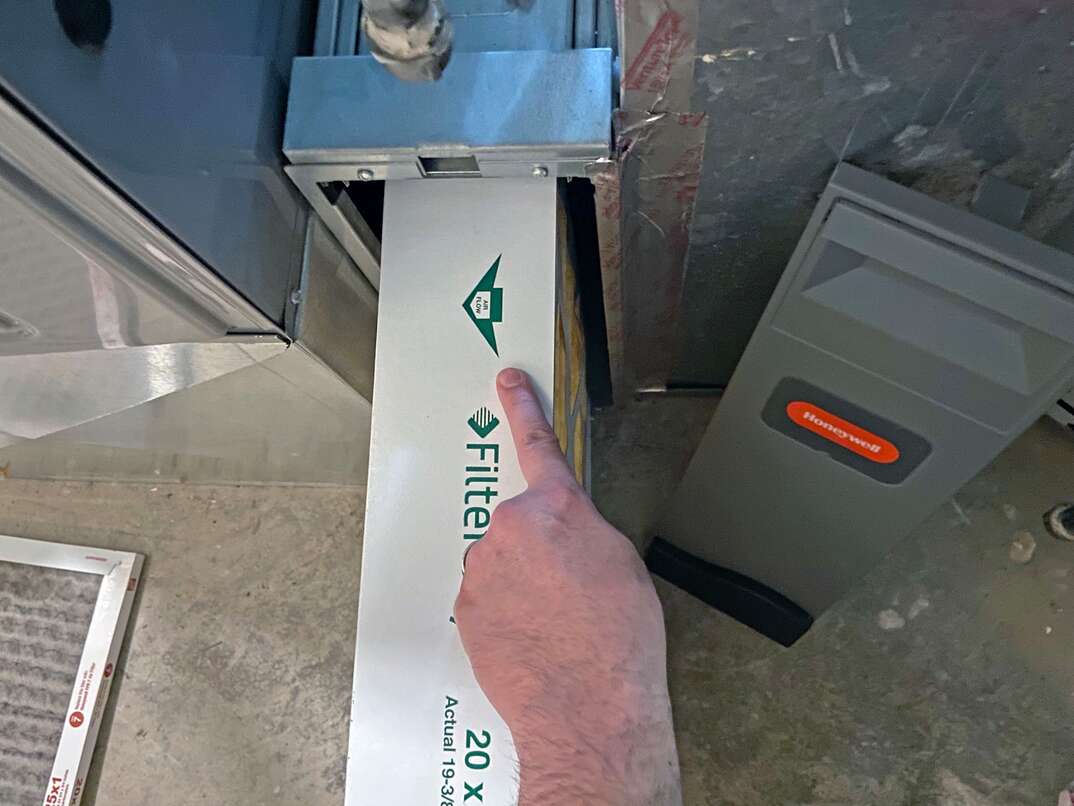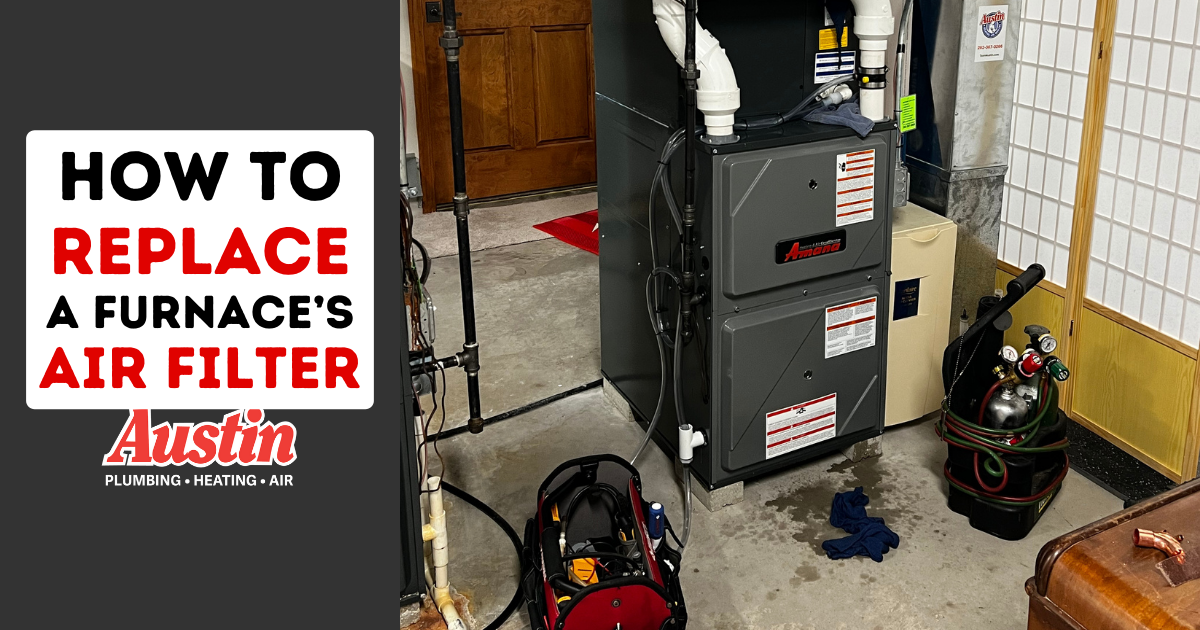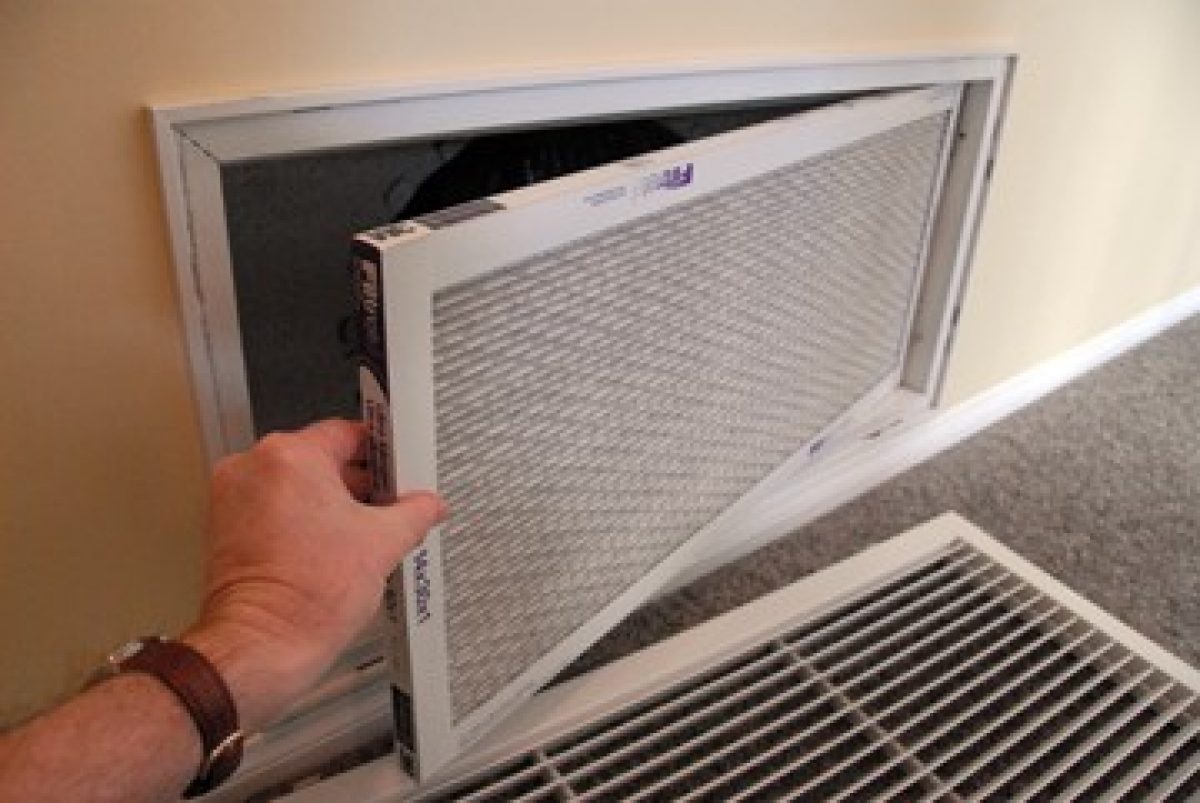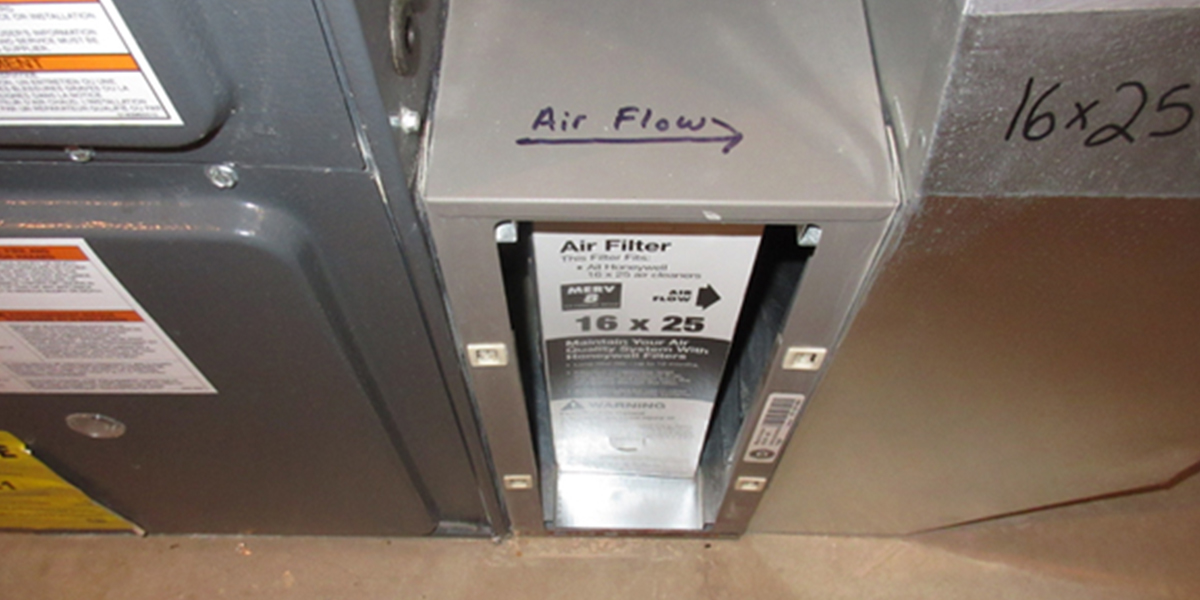Installing Furnace Filter

Ensuring optimal performance and longevity of HVAC systems hinges on seemingly small, yet critical maintenance tasks. Replacing a furnace filter is paramount, and understanding the nuances of this simple act is crucial for both aspiring and seasoned HVAC professionals. This article serves as a comprehensive guide for HVAC students, experienced technicians, and employers, outlining the importance of proper filter installation, its impact on career growth, and relevant industry trends.
The Indispensable Furnace Filter: Beyond Basic Maintenance
The furnace filter acts as the first line of defense against airborne particles that can compromise indoor air quality and impede furnace efficiency. Dust, pollen, pet dander, and other debris are trapped by the filter, preventing them from circulating through the ductwork and potentially damaging sensitive furnace components like the blower motor and heat exchanger. A clogged filter forces the furnace to work harder, leading to increased energy consumption, reduced heating capacity, and ultimately, premature system failure.
A recent study by the EPA found that dirty filters can reduce airflow by up to 50%, resulting in a 15% increase in energy consumption. This highlights the financial implications of neglecting filter maintenance and the value an HVAC professional brings by ensuring proper filter upkeep.
Step-by-Step Filter Installation: A Technician's Guide
While the basic process of changing a furnace filter seems straightforward, adhering to best practices is essential for reliable results. Here’s a detailed breakdown:
- Preparation: Gather necessary supplies, including the correct replacement filter (size and MERV rating) and a screwdriver if required to access the filter compartment. Always turn off the furnace at the thermostat or breaker before proceeding.
- Locate the Filter: Furnace filter locations vary depending on the system type. Common locations include a slot on the side of the furnace, behind a return air grille, or within the blower compartment.
- Remove the Old Filter: Carefully slide out the old filter, noting the direction of airflow. This is usually indicated by an arrow printed on the filter frame.
- Inspect the Area: Before installing the new filter, inspect the filter compartment for any accumulated dust or debris. Clean the area with a vacuum cleaner if necessary.
- Install the New Filter: Align the arrow on the new filter with the indicated airflow direction. Ensure the filter fits snugly within the compartment.
- Secure the Compartment: Replace the access panel or grille and secure it with screws or clips.
- Power On and Test: Turn the furnace back on and verify that it's operating normally.
Important Note: Always consult the manufacturer's recommendations for filter type and replacement frequency. Ignoring these guidelines can void warranties and negatively impact system performance.
Career Advancement and Certifications: Adding Value Through Expertise
Demonstrating proficiency in fundamental tasks like filter replacement can significantly enhance an HVAC professional’s career prospects. Employers value technicians who understand the importance of preventative maintenance and can effectively communicate its benefits to customers. Obtaining industry-recognized certifications further solidifies expertise and opens doors to higher-paying positions.
Key Certifications for HVAC Professionals
- NATE (North American Technician Excellence): NATE certification is a widely respected credential that validates a technician's knowledge and skills. Earning NATE certification in areas like air conditioning, heating, or ventilation demonstrates a commitment to excellence and can lead to increased earning potential.
- EPA Section 608 Certification: This certification is mandatory for technicians who handle refrigerants. Understanding refrigerant handling procedures and regulations is crucial for environmental responsibility and compliance.
According to the Bureau of Labor Statistics, the median annual wage for HVAC technicians was $51,390 in May 2021. The job outlook is projected to grow 5 percent from 2021 to 2031, about average for all occupations. However, technicians with specialized skills and certifications, such as NATE certification, can command higher salaries and enjoy greater career opportunities. Experienced technicians in supervisory roles or those specializing in specific equipment or applications can earn well over $70,000 per year.
Real-World Career Paths
The HVAC industry offers diverse career paths for individuals with varying levels of experience and expertise. Here are a few examples:
- Entry-Level Technician: Entry-level technicians typically start by assisting experienced technicians with installations, repairs, and maintenance tasks. They gain hands-on experience and develop foundational skills.
- Service Technician: Service technicians diagnose and repair HVAC systems, often working independently and interacting directly with customers. They require strong troubleshooting skills and a thorough understanding of HVAC principles.
- Installation Technician: Installation technicians install new HVAC systems in residential or commercial buildings. They must be proficient in reading blueprints, working with power tools, and ensuring proper system operation.
- HVAC Supervisor/Manager: Supervisors and managers oversee HVAC technicians, ensuring that projects are completed on time and within budget. They also handle customer relations and manage team performance.
- HVAC Sales Engineer: Sales engineers work with clients to design and sell HVAC systems. They need a strong technical background and excellent communication skills.
Example: Maria, a recent HVAC program graduate, started her career as an entry-level technician. After gaining two years of experience, she pursued NATE certification in air conditioning. This certification enabled her to advance to a service technician role, where she now earns significantly more and enjoys greater autonomy.
The Employer's Perspective: Hiring and Training Skilled Technicians
For HVAC employers, hiring and retaining skilled technicians is critical for business success. Investing in employee training and development is essential for ensuring high-quality workmanship and customer satisfaction. Employers should prioritize candidates with industry-recognized certifications and a strong understanding of HVAC fundamentals. Furthermore, fostering a culture of continuous learning and providing opportunities for professional development can help attract and retain top talent.
Many employers offer apprenticeships and on-the-job training programs to help entry-level technicians develop their skills. These programs provide a structured learning environment and allow technicians to earn while they learn. Partnering with local vocational schools and community colleges can also help employers recruit qualified candidates.
Key Considerations for Employers
- Certifications: Prioritize candidates with NATE, EPA 608, and other relevant certifications.
- Experience: Look for candidates with relevant experience, particularly in areas such as troubleshooting, diagnostics, and installation.
- Soft Skills: Emphasize candidates with strong communication, customer service, and problem-solving skills.
- Training and Development: Invest in employee training and development to enhance their skills and knowledge.
- Competitive Compensation: Offer competitive salaries and benefits to attract and retain top talent.
Industry Trends and the Future of HVAC
The HVAC industry is constantly evolving, driven by technological advancements, changing regulations, and increasing demand for energy-efficient solutions. Staying abreast of these trends is crucial for both technicians and employers. Some key trends include:
- Smart HVAC Systems: Smart HVAC systems utilize sensors, data analytics, and automation to optimize energy consumption and improve comfort. Technicians need to be proficient in installing, configuring, and troubleshooting these systems.
- Energy Efficiency and Sustainability: Growing concerns about climate change are driving demand for energy-efficient HVAC solutions, such as heat pumps, geothermal systems, and high-efficiency furnaces.
- Refrigerant Regulations: Regulations governing the use of refrigerants are becoming increasingly stringent. Technicians need to stay informed about these regulations and adhere to best practices for refrigerant handling.
- Indoor Air Quality (IAQ): Increased awareness of the importance of IAQ is driving demand for air purifiers, filtration systems, and ventilation solutions.
Conclusion: Mastering the fundamental aspects of HVAC maintenance, like correctly installing furnace filters, forms the foundation for a successful career in the industry. Combined with ongoing professional development, certifications, and adaptability to emerging technologies, HVAC professionals can build rewarding and prosperous careers, while simultaneously contributing to a healthier and more sustainable future.




.jpg)





